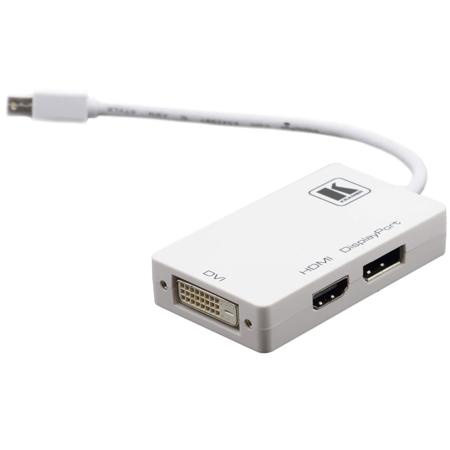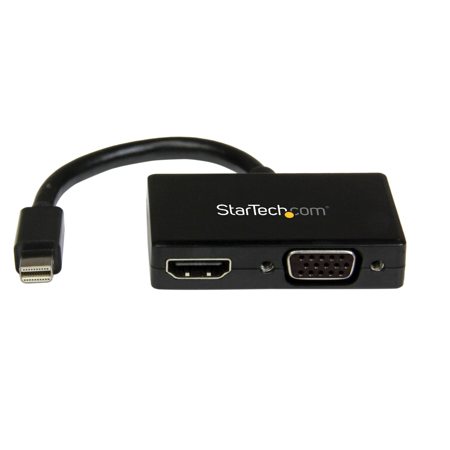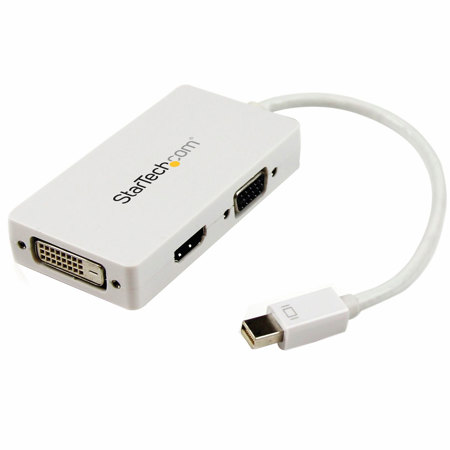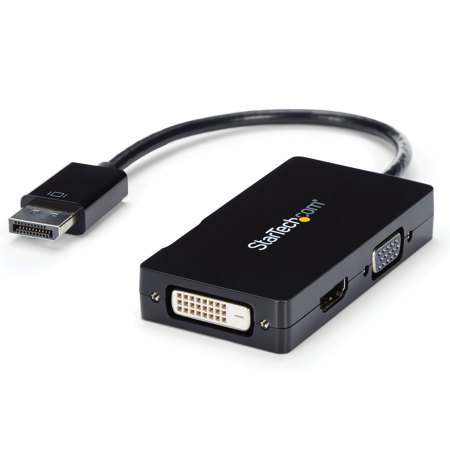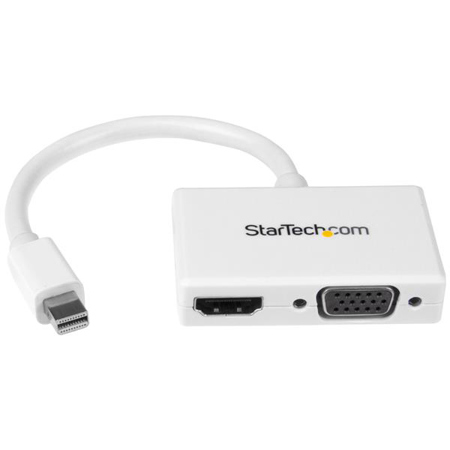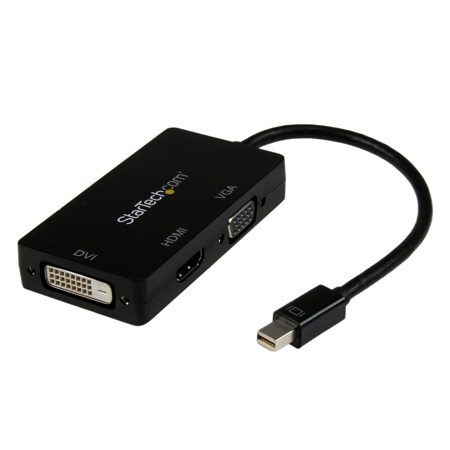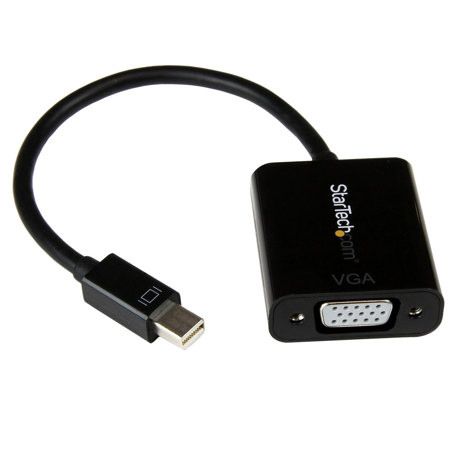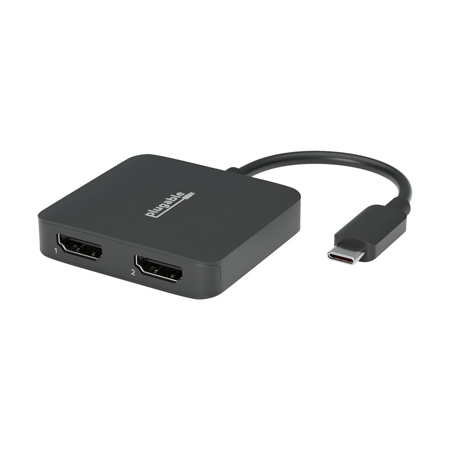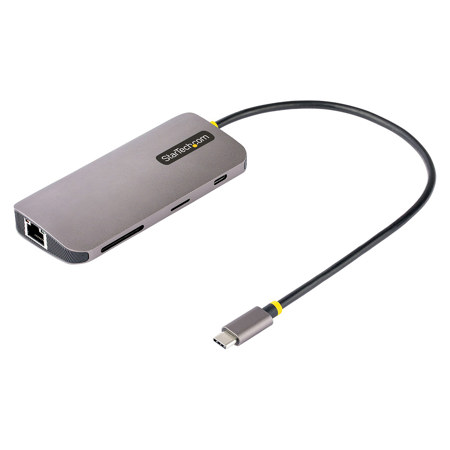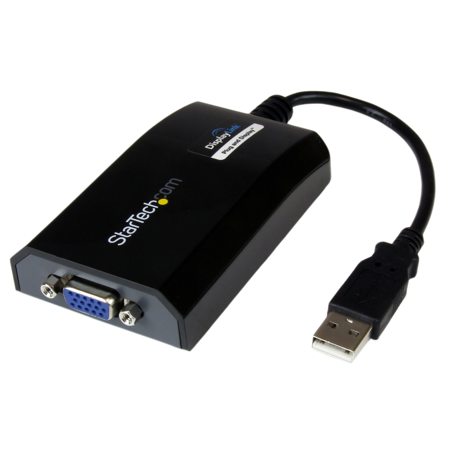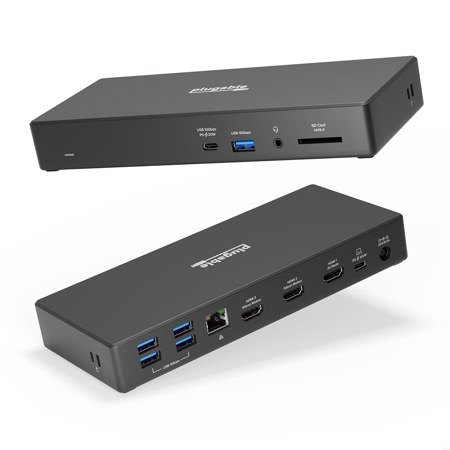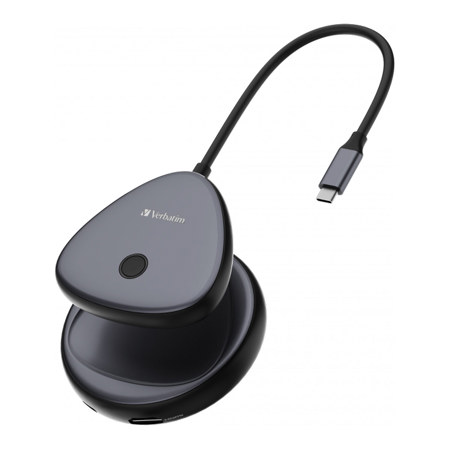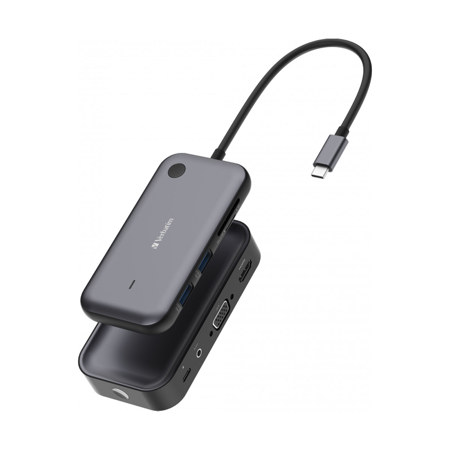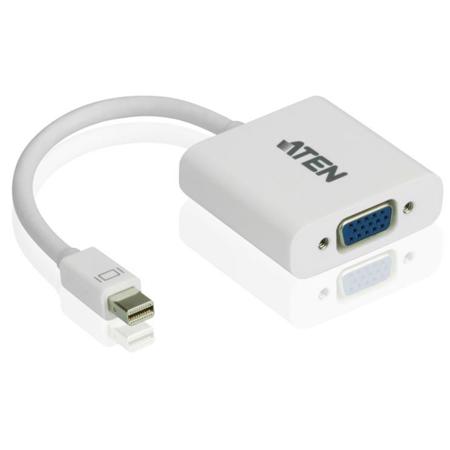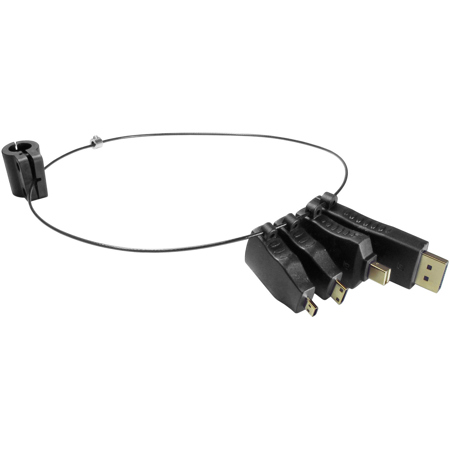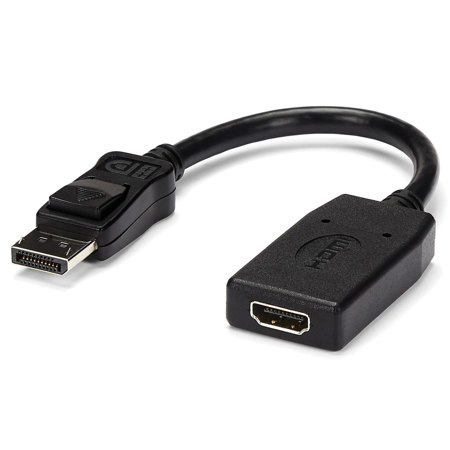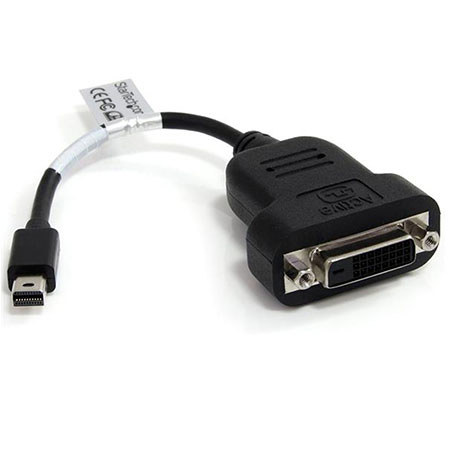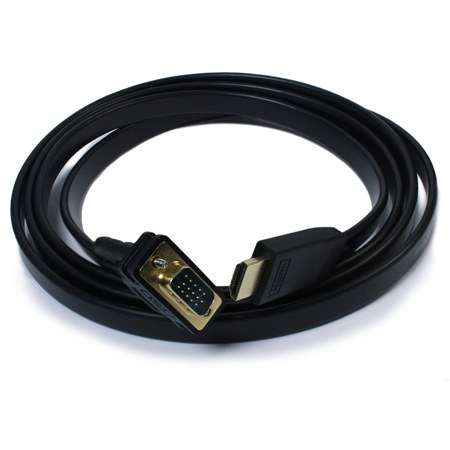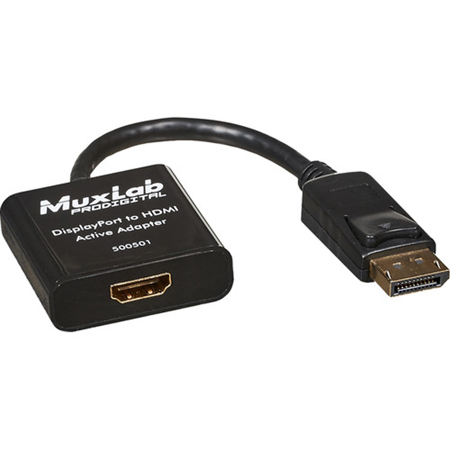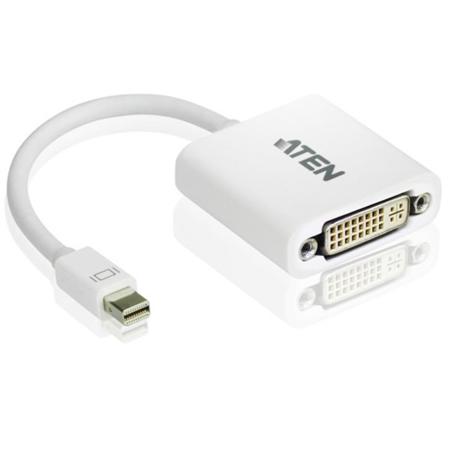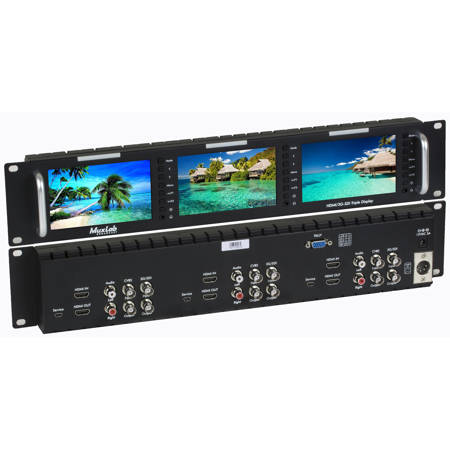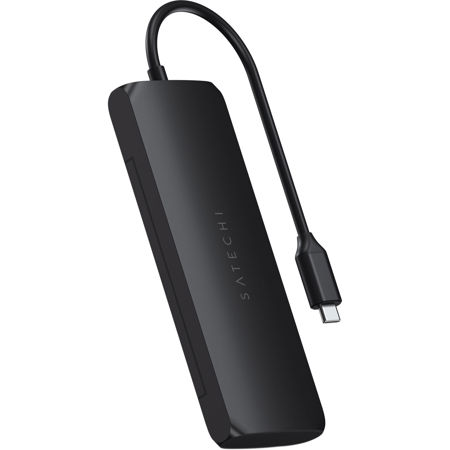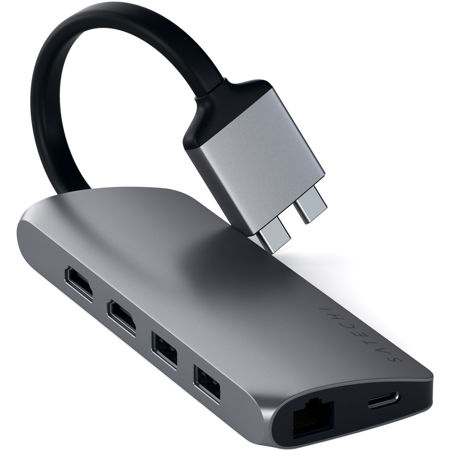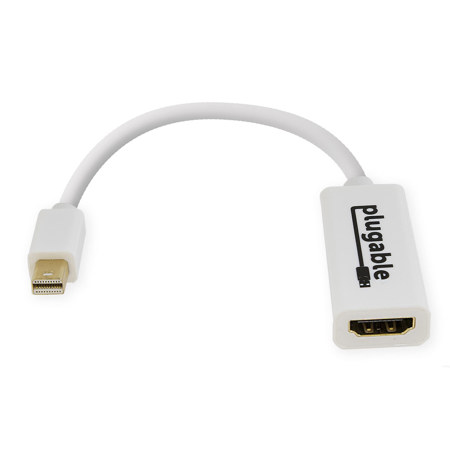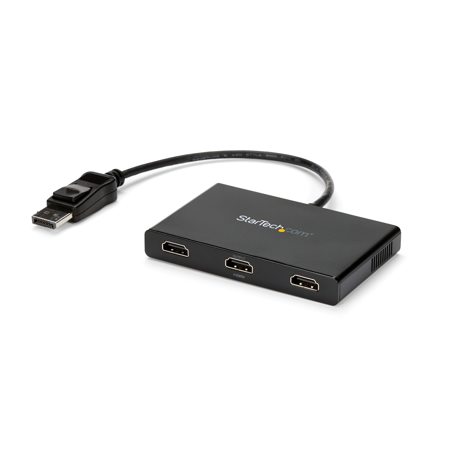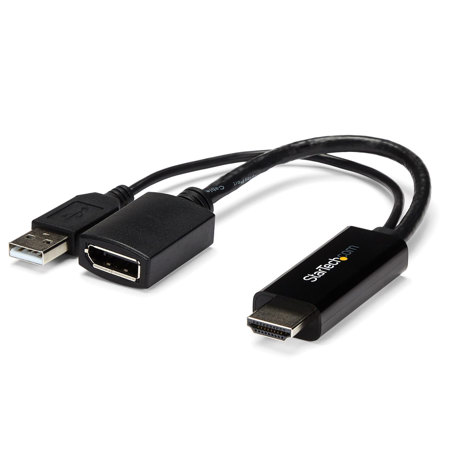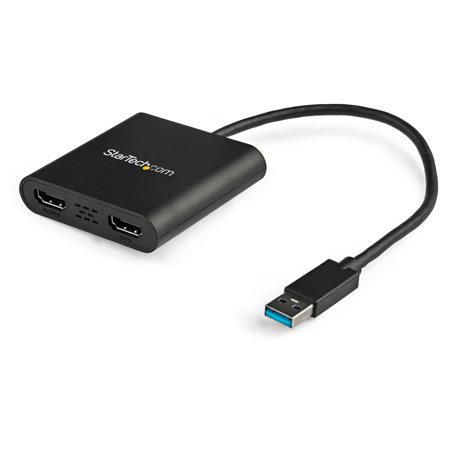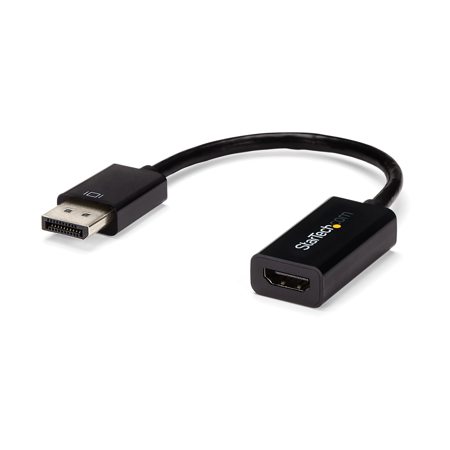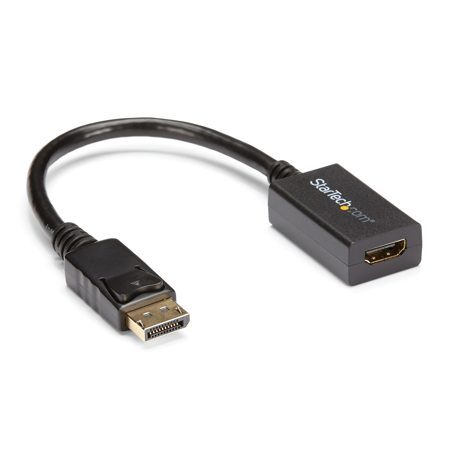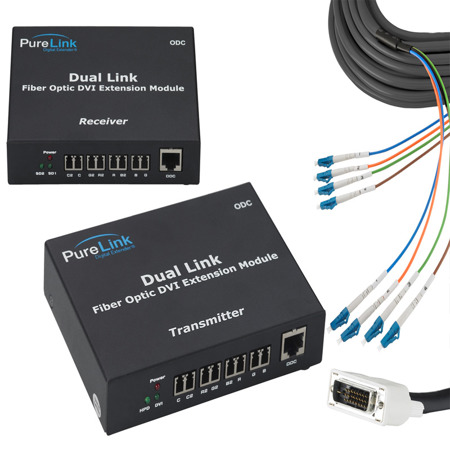Multi Display Adapters
Multi display adapters have become an essential tool for anyone looking to maximize their digital workspace, whether in a bustling office, a creative studio, or a home setup that pulls double duty for both work and entertainment. As the days grow shorter and autumn settles in, the desire for a more efficient, comfortable work environment grows—making this the perfect season to rethink your desktop configuration. Multi display adapters, often referred to as multi-monitor adapters, make it possible to extend your computer’s visual output to two or more monitors. This expanded screen real estate is a game-changer for professionals in fields such as graphic design, video editing, programming, and financial analysis, where juggling multiple applications and data streams is a daily reality. By connecting a multi display adapter to a single USB-C, USB-A, or Thunderbolt port on your laptop or desktop, you can instantly mirror your display for presentations, extend it for multitasking, or even create complex, custom layouts that suit your workflow.
When considering which multi display adapter to choose, it’s important to think about the number of monitors you plan to connect and the types of ports your devices support. If you’re managing high-resolution content, such as 4K or even 8K video, look for adapters that offer the necessary bandwidth and refresh rates—often available through Thunderbolt or advanced DisplayPort connections. Compatibility is key: ensure the adapter works seamlessly with your operating system, whether you’re on Windows, macOS, or another platform. Many professionals find that the right adapter can turn a cluttered, inefficient workspace into a hub of productivity, where emails, editing timelines, and reference materials are all visible at a glance. For educators and students, especially during the busy fall semester, multi display adapters can facilitate remote learning and research, making it easier to keep notes, textbooks, and video calls open simultaneously. Gamers, too, appreciate the immersive experience of a multi-monitor setup, where panoramic views and extended playfields elevate every session.
Multi display adapters also make thoughtful gifts for tech enthusiasts, students heading off to college, or anyone setting up a home office for the first time. As the holiday season approaches, gifting a multi display adapter can help loved ones stay organized, connected, and inspired in their pursuits. It’s worth noting that some adapters require drivers for full functionality, so a quick check of compatibility and installation steps will ensure a smooth setup. For those who need to connect to a variety of monitors, exploring options like docking stations or specialized adapters can provide extra flexibility. If your workflow demands DisplayPort connectivity, you can find a dedicated selection of DisplayPort Adapters to further customize your setup. Whether you’re building a command center for creative projects or simply trying to keep up with the pace of modern multitasking, the right multi display adapter is a small investment that delivers outsized returns in productivity, comfort, and enjoyment.
When considering which multi display adapter to choose, it’s important to think about the number of monitors you plan to connect and the types of ports your devices support. If you’re managing high-resolution content, such as 4K or even 8K video, look for adapters that offer the necessary bandwidth and refresh rates—often available through Thunderbolt or advanced DisplayPort connections. Compatibility is key: ensure the adapter works seamlessly with your operating system, whether you’re on Windows, macOS, or another platform. Many professionals find that the right adapter can turn a cluttered, inefficient workspace into a hub of productivity, where emails, editing timelines, and reference materials are all visible at a glance. For educators and students, especially during the busy fall semester, multi display adapters can facilitate remote learning and research, making it easier to keep notes, textbooks, and video calls open simultaneously. Gamers, too, appreciate the immersive experience of a multi-monitor setup, where panoramic views and extended playfields elevate every session.
Multi display adapters also make thoughtful gifts for tech enthusiasts, students heading off to college, or anyone setting up a home office for the first time. As the holiday season approaches, gifting a multi display adapter can help loved ones stay organized, connected, and inspired in their pursuits. It’s worth noting that some adapters require drivers for full functionality, so a quick check of compatibility and installation steps will ensure a smooth setup. For those who need to connect to a variety of monitors, exploring options like docking stations or specialized adapters can provide extra flexibility. If your workflow demands DisplayPort connectivity, you can find a dedicated selection of DisplayPort Adapters to further customize your setup. Whether you’re building a command center for creative projects or simply trying to keep up with the pace of modern multitasking, the right multi display adapter is a small investment that delivers outsized returns in productivity, comfort, and enjoyment.
